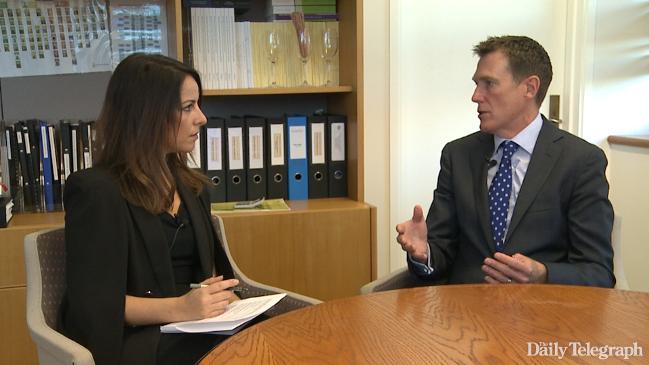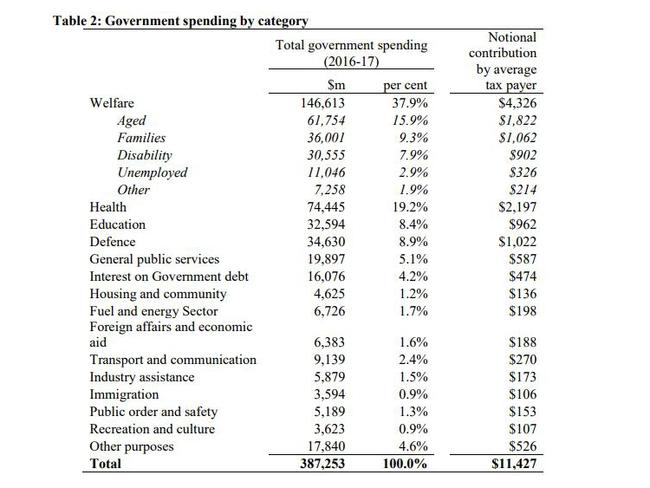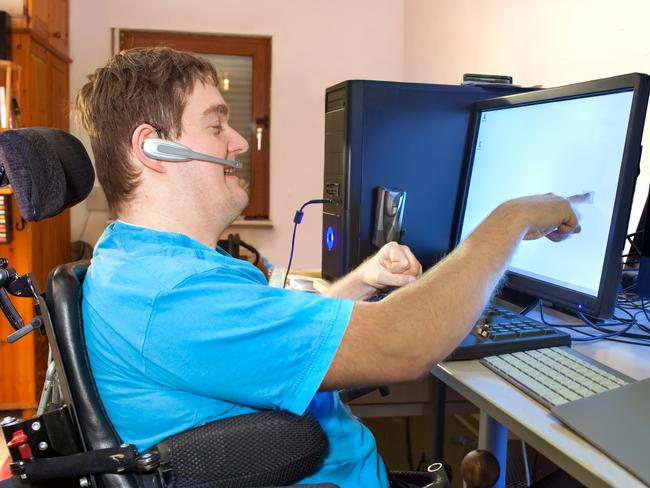Government spending on community services and housing is revealed
A NEW report shows us who is benefiting from government welfare — so who’s getting the most, and who needs more?

Fed Budget
Don't miss out on the headlines from Fed Budget. Followed categories will be added to My News.
IF YOU’VE ever wondered what happened to all the tax you pay, a new report is providing some answers.
The Productivity Commission is investigating spending on government services and has just released its first findings, which look at community services, housing and homelessness.
The commission will be releasing more data on spending over the next two weeks, including how much government spends on justice, emergency management, health, child care, education and training. It will also review what programs actually work over the next year.
The figures are in line with those revealed by Treasury last year in response to a question asked by Liberal senator Eric Abetz, which estimated a person earning an average income of $60,000, paying about $11,500 in tax, contributed about $4326 towards welfare in 2016-17.
This includes $1822 on aged care, $1062 families, $902 on disability, $326 on unemployed and $214 on other services.

Here’s what the Productivity Commission has found so far.
AGED CARE
The commission added up all the money being put towards “community services” from all governments in Australia including state and territory bodies, and found $31.2 billion was spent in 2016/17.
The majority of this money went to aged care ($17.4 billion) meaning governments spent about $4470 on every older Australian last financial year.
This was followed by disability services ($7.8 billion), child protection ($5.2 billion) and youth justice ($800 million).
About four in five older Australians receive some sort of government benefit.
Most of this money (about 70 per cent) goes towards residential care, which is specialised accommodation for older people who are unable to live independently in their own homes.
More than 200,000 Australians were in residential care as of June 2017 but this included those in flexible places receiving short-term care after dealing with a setback like an illness or a fall.
Other spending is put towards the 700,000 Australians who receive payments for in-home care to help them continue living at home. This can include personal care to help with getting dressed, services for transport, installation of things like hand rails or ramps, meals, nursing or walking frames.
Despite the amount of funding being put towards aged care, almost one in three older people still living at home said their needs were not fully met, and this was higher among those with a profound or severe disability.
DISABILITY SERVICES
About 18.3 per cent of Australians have a disability (roughly 4.3 million) and about 25 per cent of community services money is spent on helping them.
There was actually a 9.7 per cent decrease in the money being spent on them but as more money is put into the National Disability Insurance Scheme (NDIS) this will increase overall. About $3.2 billion was put into the NDIS in 2016-17.
In 2015-16 (the latest available figures), $7.8 billion was put into services as part of the National Disability Agreement for things like accommodation support services, respite care, employment services, advocacy and services to help people live independently.
But this does not include $24.5 billion spent last financial year on income support payments and allowances for people with a disability and their carers.
About 66 per cent of this money ($16.3 billion) went to 758,9000 recipients of the disability support pension, with $5.1 billion spent on carer payments and $2.2 billion on carer allowances.
However, the report noted less Australians with profound or severe core activity limitations were travelling to social activities or having face-to-face contact with family and friends.
The proportion who said their disability or condition was the main reason for not leaving home as often as they would like has also increased. Meanwhile, less than one-quarter of primary carers of people were disability were satisfied with their role.

CHILD PROTECTION
Spending on child protection services across Australia increased by 8.5 per cent in the past financial year, with the amount of money being paid per child continuing to climb.
Nearly 50,000 Australian kids aged under 18 were found to have suffered abuse or neglect — or were at risk of such harm — in 2016/17.
Aboriginal and Torres Strait Islander children were over-represented in the child protection system, as well as in youth justice detention.
HOUSING AND HOMELESSNESS
Governments spent about $4.7 billion on social housing and homelessness services, making up about 2.1 per cent of the spending covered by the Productivity Commission report.
NSW is putting in the most ($1.2 billion) into its social housing programs, followed by Western Australia ($781 million), Queensland ($575 million) and Victoria ($530 million).
As of 30 June 2017, there were 395,691 public housing households and 417,736 social housing dwellings across Australia.
A total of $4.7 billion was spent, on social housing ($3.9 billion) and homelessness services ($800 million). The Australian Government share of this expenditure was $1.7 billion in 2016-17.
But this does not include spending on the Commonwealth Rent Assistance program, which was $4.4 billion in 2016‑17.
Analysis showed of those eligible to receive rent assistance, those aged 24 years and younger were more likely to be in “rental stress” — spending more than 30 per cent of their income on rent. This is regardless of whether they were receiving the payment or not.
Almost half (42.5 per cent) of those renting in the private sector across Australia were from low income households in 2015-16.
Of these households, 52.9 per cent experienced rental stress.
— With AAP
Originally published as Government spending on community services and housing is revealed

